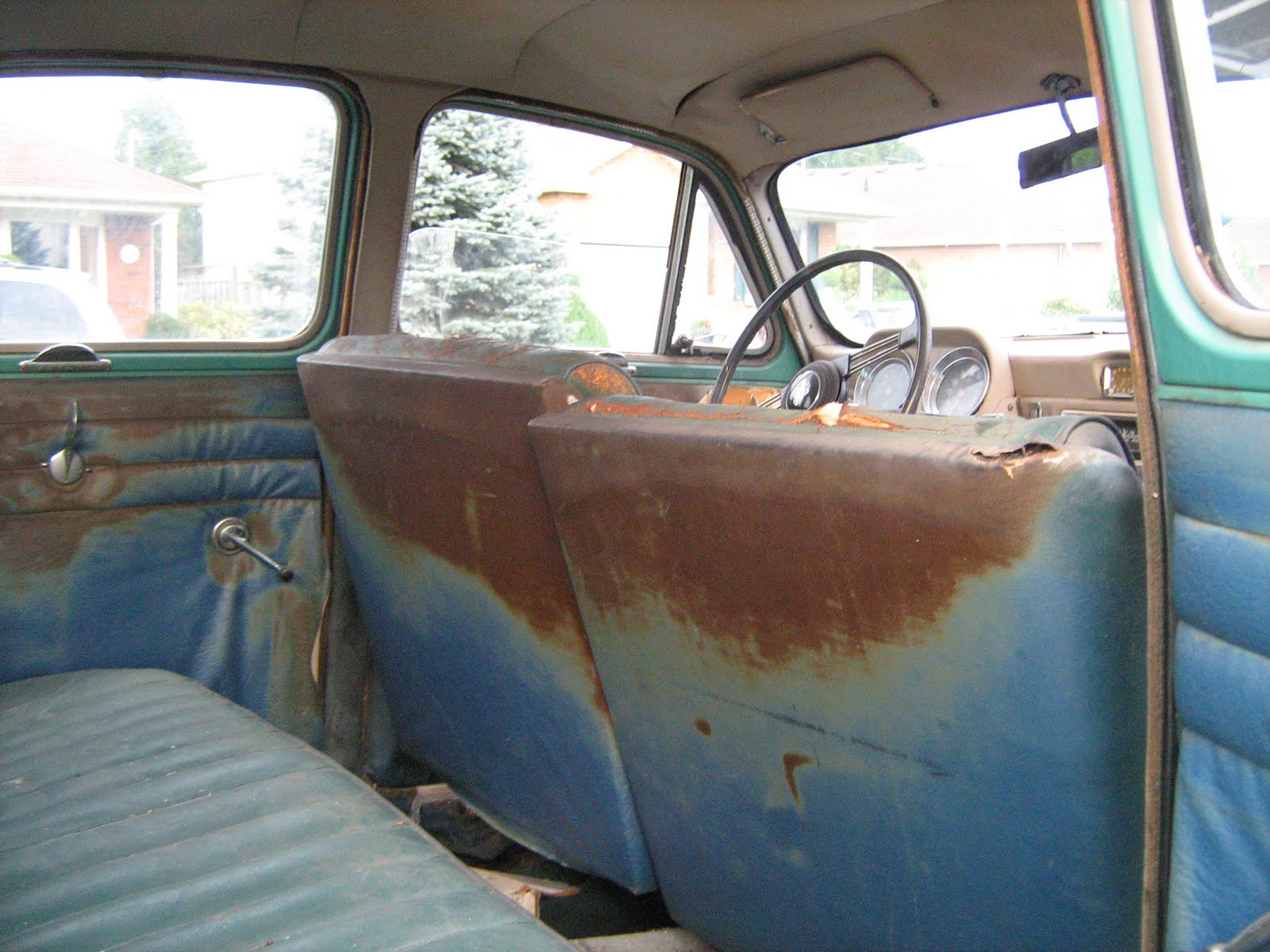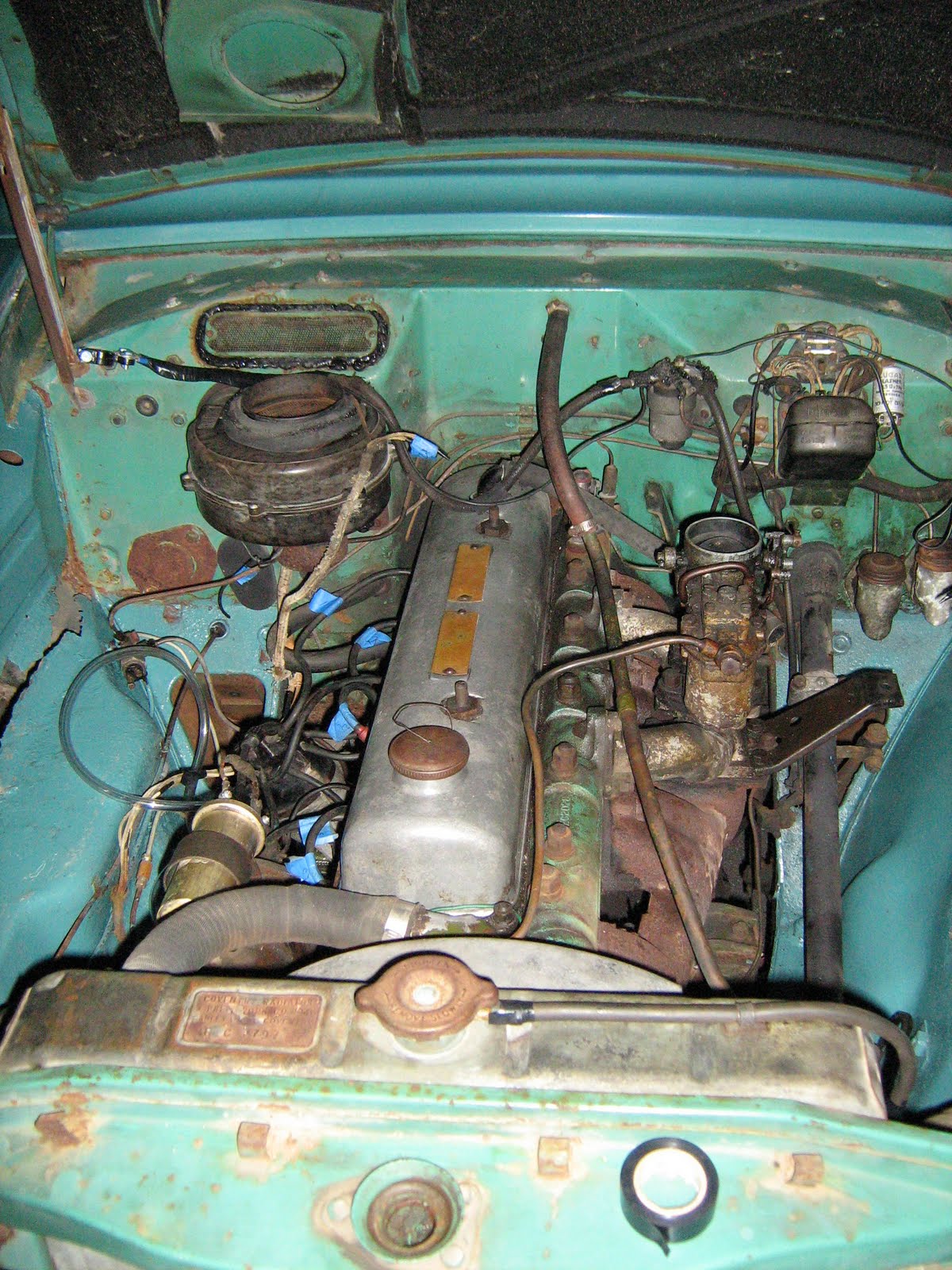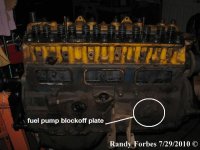Andy,
I think this is what you've got!
Cheers,
Ian
<span style="font-style: italic">As soon as the BMC business started to operate, two major new-model programs got under way - Morris beginning the design of their Oxford/Isis range, and Austin starting to develop the two cars eventually announced as the A40/A50 Cambridge and the A90 Westminster. In fact, although the A40/A50 Cambridge and the new Westminster cars looked as if they had the same bodyshells on different wheelbases, only the door pressings were common.
The A90 Westminster, announced as a last-minute show surprise in October 1954, was a direct replacement for the A70 Hereford, which was dropped to make way for it at Longbridge. It was also an effective replacement for the 2.6-litre A90 Atlantic, even though that car had been phased out two years previously. Such were the illogical ways of the young BMC organization that the A90 Westminster was also a direct competitor for the soon-to-be-announced Morris Isis, with which it shared the engine, gearbox and final-drive assemblies! In BMC at this time, the economics of scale were used in one direction - running gear - but not at all in respect of bodies, for the Isis and the Westminster had entirely different shells.
That of the A90 was a conventionally engineered unit-construction style, rather long and slim, and looking very similar indeed to the A50 Cambridge, although it had a much longer wheelbase and wider wheel tracks. Although there were many common features inside the two (A50 and A90) cabins - the same stylists and engineers obviously having been at work - the actual instrument layout was unique, though the same types of steering-column gear-change, heater and radio installation were used. The rear end style was almost identical, for the same type of 'cow hip' rear quarters and high-sill boot-lid opening were in evidence. The independent front suspension was developed from that of the obsolete A70/A90 Atlantic layout, and had the characteristic lever-arm damper/top wishbone installation. The rear suspension was stiffened up by means of an anti-roll bar.
The engine, of course, was all new, for this was the first mass-production application of the Morris-designed BMC C-Series six-cylinder unit. For the A90, it had a single downdraught Zenith carburettor and a peak power output of 85bhp, and it was matched by the new C-Series four-speed gearbox, which had baulk-ring synchromesh, and a selector mechanism, mounted in the side of the casing to make the provision of a steering-column change easy.
Although the original A90 was only to remain in production for two years (it was replaced by the longer-tailed and much improved A95 in the autumn of 1956), it also gave rise to the much faster A105 derivative, and indirectly to the Vanden Plas interpretation of that theme. One important mechanical improvement, phased in from the first weeks of 1956, was the option of the Borg-Warner overdrive, which worked on top, third and second gears. Like that also offered on the A50 Cambridge, this could be engaged so as to cut in automatically when the car's speed rose above 30mph and the throttle was momentarily eased.
Austin A90 Westminster specification
Produced: Longbridge, 1954-56. 25,532 A90 Westminsters of all types built.
General layout: Pressed-steel unit-construction body/chassis structure, in 4-seater, 4-door saloon style. Front-mounted engine driving rear wheels.
Engine and transmission: BMC C-Series engine, 6-cylinder, ohv, in-line. 2,639cc, 79.4 x 88.9mm, 85bhp at 4,000rpm; 124lb at 2,000rpm; 4-speed gearbox, no synchromesh on 1st gear; steering-column gear-change; optional overdrive (top and 3rd gears) from early 1956; live (beam) rear axle with hypoid-bevel final drive.
Chassis: Independent front suspension, coil springs and wishbones. Cam-and-peg steering. Rear suspension by half-elliptic leaf springs and anti-roll bar. Front and rear drum brakes. 6.40 - 15in tyres.
Dimensions: Wheelbase 8ft 7.75in; front track 4ft 3.5in; rear track 4ft 3.25in; length 15ft 2.25in; width 5ft 4in; height 5ft 3.75in. Unladen weight (approx) 2,912lb.
Typical performance: Maximum speed 86mph; 0-60mph 18.9sec; standing 1/4 mile 21.0sec: overall fuel consumption 20mpg.
Launch Price: £792
Derivatives: A95 and A105 models (see separate entries) evolved from this design, which itself shared some panels and basic styling with the A40/A50 Cambridge models.
Fate: Discontinued in 1956 in favour of revised A95 model.</span>








 Hi Guest!
Hi Guest!

 smilie in place of the real @
smilie in place of the real @
 Pretty Please - add it to our Events forum(s) and add to the calendar! >>
Pretty Please - add it to our Events forum(s) and add to the calendar! >> 


 ---Keoke
---Keoke
